PKK’s Karayılan: ‘At no point did the People’s Defence Forces retreat from ISIS’
PKK’s Karayılan: ‘At no point did the People’s Defence Forces retreat from ISIS’
- Date: February 5, 2022
- Categories:Interviews,Rights

- Date: February 5, 2022
- Categories:Interviews,Rights
PKK’s Karayılan: ‘At no point did the People’s Defence Forces retreat from ISIS’
In an exclusive interview, top PKK official Murat Karayılan explained how the initial resistance against ISIS was organised in 2014, about an encounter with a US delegation, and about communications with KDP officials.
Murat Karayılan*, a top official of the Kurdistan Workers’ Party (PKK), answered the questions of Deniz Kendal from Yeni Özgür Politika on a range of topics concerning both past and recent events.
In the part of the interview published in Yeni Özgür Politika on Monday, Karayılan gave an account of the confrontation with the Islamic State (ISIS), following their genocidal attacks against the Yazidi people in Sinjar (Shengal) in 2014.
Did your movement have a dialogue with international powers at that time?
In the first days of the intervention, a US delegation landed a few helicopters at a place where some of our friends were staying in Sinjar district. At that time, the head of the delegation met with Comrade Egîd Civyan. He asked comrade Egîd, “Are you directly PKK, or indirectly PKK?” Egîd replied: “What is indirect? We are directly PKK, we are HPG (People’s Defence Forces) units.” The delegation stayed there for 2-3 hours, the group looked around the area under the protection of our forces, then they went away again in their helicopters. We understand that they reported to their higher authorities, ‘There is a force resisting ISIS and defending the [Shengal]Mountain, but – in their own words – they are directly PKK’. The US must have decided, they could not have relations with us, because they never came again.

Have you ever had relations with Southern Kurdish forces?
During the process of our forces taking control of Shengal (Sinjar) and transferring the people to Rojava, Masoud and Masrour Barzani sent a courier and asked us, “Do you really have power in Shengal?” We replied, “Yes, our power is in Shengal. We are currently transferring the people to Rojava; it is true that we have power in Shengal.” Via the same courier, they asked, “Could you facilitate the transfer of one of our peshmerga units to Shengal together with your forces?” We said, ”Of course”. In any case, our intervention in Shengal was not based on the approach, ”we will go there by ourselves and fight alone”. In fact, we had wanted to get in touch with the Kurdistan Democratic Party (KDP) straight after we made the decision to intervene. We had a liaison officer with them at the time, but he said that he could not come, that he was on duty and if he left the post to come it would be misinterpreted. If contact had been made at that time, we would have said, “Let your forces return as well; let’s face this [ISIS] attack together,” but contact couldn’t be made. But when they made the request later, we said, ”Of course, why not?” and they sent their forces. It was in this context that KDP forces were first transferred to Rojava. They were guests in Jezaa (a town in between Shengal and the Rojava region) for a day or two. The peshmerga force in this case was under the command of a person named Aşitî, who has recently been making ungrateful statements about our movement. I think this force was much more of an intelligence and information-gathering unit. In the end we delivered the force to Shengal Mountain.
What was the reaction of the people when the peshmergas returned to Shengal?
When the people there saw people in peshmerga dress coming, they could not digest the situation, and there were some who wanted to attack them immediately. Some of them even started in their direction with sticks and stones. But Comrade Egîd was a very sensitive comrade, with very strong national sentiments and strong beliefs in revolutionary principles, and he prevented the people from attacking. He placed the KDP force in a secure place close to our forces and under their complete protection. But at the time unfortunately, the KDP officials thought the people had been provoked by the PKK, and we heard that they made propaganda along these lines, albeit not officially. In any case, the KDP still doesn’t interpret the public’s reaction correctly. They always feel that the people [of Shengal] are being manipulated against them, but this is not the case. It is very wrong and very ungrateful of them to think that we are provoking the people, especially in those war conditions. We did nothing of the kind. The people of Shengal were angry with them because they had been abandoned by them and subjected to severe trauma. We on the other hand were trying to calm them down. Our friends put in a lot of effort to protect this peshmerga force.
During the same period, ISIS was advancing rapidly towards South Kurdistan (the Kurdistan region of Iraq). What would you say about what happened in the areas outside Shengal?
Yes, a few days after Shengal, ISIS started advancing to Maxmur (Makhmour), and with another branch to Hewlêr (Erbil). Their advance against Kirkuk began at the same time too. By this time, the KDP and Patriotic Union of Kurdistan (PUK) forces no longer had security units such as checkpoints. In other words, after the fall of Shengal, there was a period of turbulence and a security vacuum. There was a lack of control. We sent some friends to Hewlêr, and from there to Maxmur by bus. We sent other friends to Kirkuk on pickup trucks. Meanwhile, many people from Shexan and Duhok temporarily settled in villages on the slopes of the Garê and Metîna mountains. There were many calls and requests from the people for us to defend Duhok in particular, and to come further south.
We thought that ISIS might attack Lalish [the holiest temple of the Yazidis] in an attempt to completely liquidate Yazidi faith and society. It was then that we sent a regiment of guerrilla forces to Lalish, based on the opinions and suggestions of the martyr Zeki Shengalî [a senior Yazidi member of the PKK, killed in a Turkish bombing in 2018]. The regiment settled right next to Lalish, and was later deployed in a suitable place to defend the sacred Lalish Faith Centre.
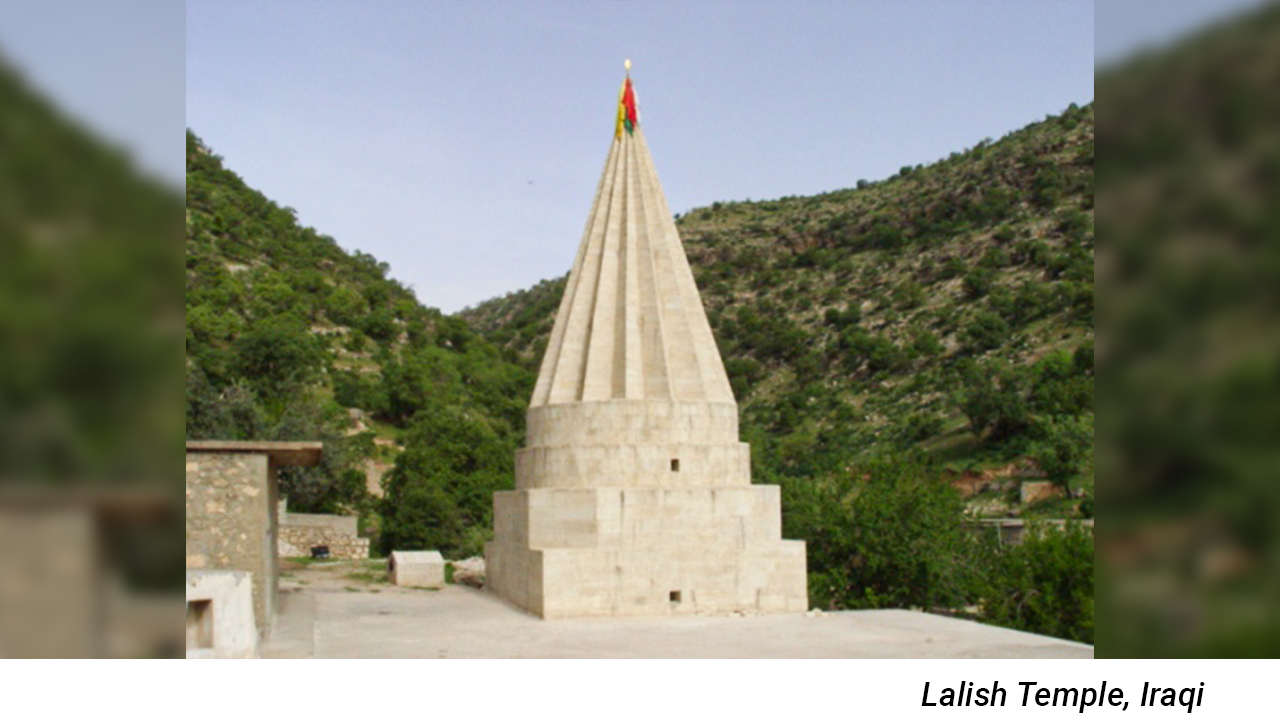
We also sent a regiment to defend Duhok. This force was not located in the city centre of Duhok, but on the summit behind it. At that time, we decided to deploy in mountain positions, thinking that the arrival of guerillas into the city could deepen the anxiety and panic among the people. We made it apparent that they were positioned on the mountain for the time being, but that if they saw ISIS advancing towards Shexan and from Shexan to Duhok, they would move to the front lines immediately. One of our regiments went to Maxmur, and one of our regiments went to Kirkuk.
How many groups of guerrilla forces have you mobilised to protect the people?
We have assigned a force of four regiments to protect South Kurdistan. As for Shengal, two regiments were sent there initially, then reinforcements were sent according to need. In this way, we positioned our forces to form a front against the advance of ISIS from Kirkuk to Shengal.
The southern Kurds and peshmerga forces who saw this had a morale-boost. Our intervention played an important and influential role in the regrouping of the peshmerga. The peshmergas regrouped. In fact, we should say this: Our friends went to Maxmur [refugee] Camp and took control of the summits behind it. The peshmergas were also in the town. But they retreated 2-3 times in the face of the ISIS attack. When they saw that we did not retreat, but stayed there, they came back. No one can deny this. If [ISIS] had come they would have got through to Maxmur Camp, they would have turned towards Hewlêr. They had already got close to Hewlêr by another route. But in order to seize the Maxmur Camp they attacked Karachox mountain; they wanted to capture that mountain. but they had internal conflicts there. In fact, a journalist friend Deniz Fırat was killed at close range by ISIS terrorists as a result of this, because ISIS made incursions into Karachox, but we did not allow it, our forces resisted. As a result of our resistance, they realised that they could not advance through that front. In this way, the Maxmur resistance actually became a key gateway in the defence of Hewlêr. As a result, while these things were happening in August of 2014, ISIS faced a significant obstacle here.
What response has your resistance received?
Our resistance encouraged the international powers as well. Until then everyone was completely thrown in the face of these ISIS attacks. They got to the point where they had no idea how to stop them. But as a result of Shengal remaining defended, Mount Shengal and Maxmur not falling despite all the attacks, the peshmerga forces gradually becoming able to take an active defensive position and also ISIS being unable to advance as a result of the violent clashes in Kirkuk, a resistance front was formed. Here, it is certain that our guerrilla forces acted as a catalyst both in the resistance of the southern Kurds and in the regrouping of the peshmerga and their joining the resistance. The fact that no there was no retreat in Kirkuk, Maxmur or Shengal in the face of ISIS attacks, and that the People’s Protection Units (YPG) forces did not retreat from Jezaa for example, had a powerful effect. At no point did the HPG forces retreat from ISIS, they resisted with all their might. So even if there were only ten of our people in one place, they continued to resist ISIS’s attacks of hundreds.
At this point, ISIS embarked on a great quest for revenge, because they saw the formation of a front in South Kurdistan. Meanwhile, an international coalition was formed under the leadership of the US, and this coalition deployed air power to protect Iraq and the southern territories. Realising that South Kurdistan was getting more difficult, ISIS planned to attack Kobanê, to take revenge against the Kurds and of course our movement, the PKK, for Shengal.
* Murat Karayılan is a member of the PKK Executive Committee and Commander at the Kurdistan People’s Defence Headquarters


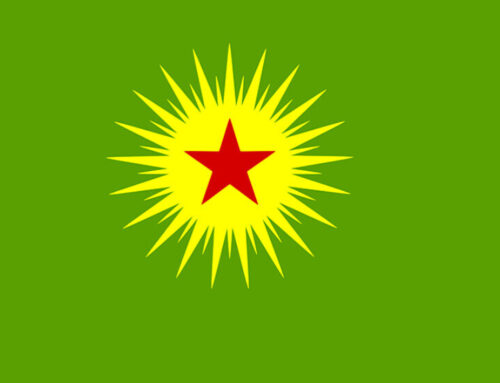
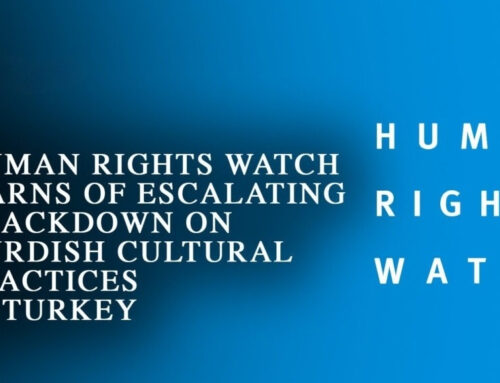
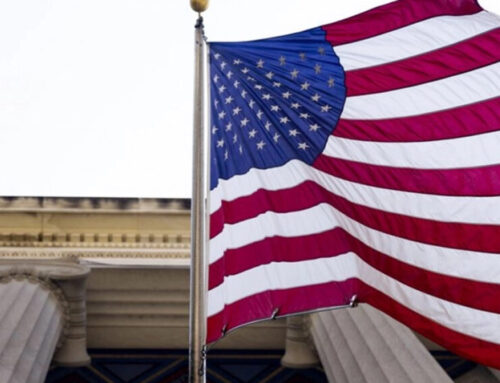
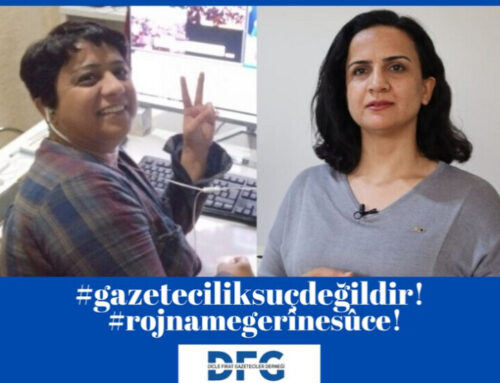
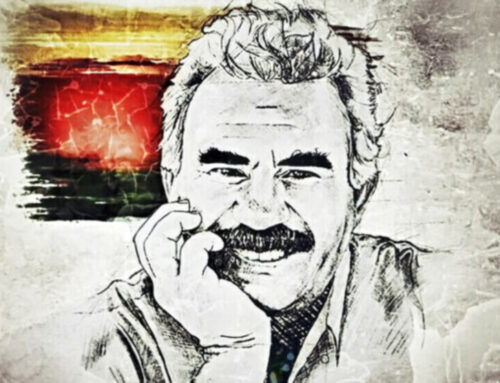

Leave A Comment